Day 52- The Chūgoku 33 Temple Kannon Pilgrimage, Japan - Unjuji, Temple #27, and Kiyomizu-Dera, Temple #28 in Yasugi









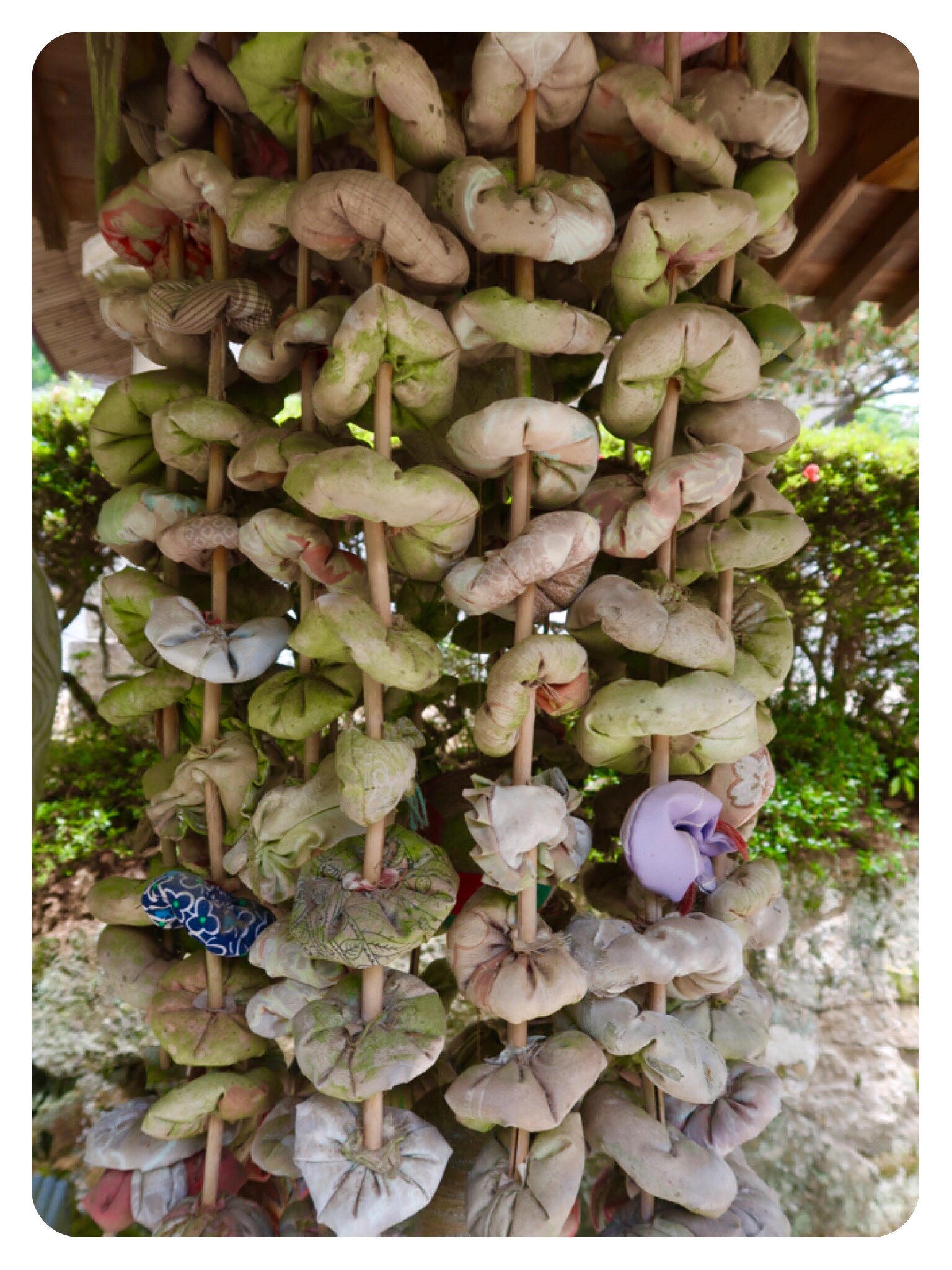




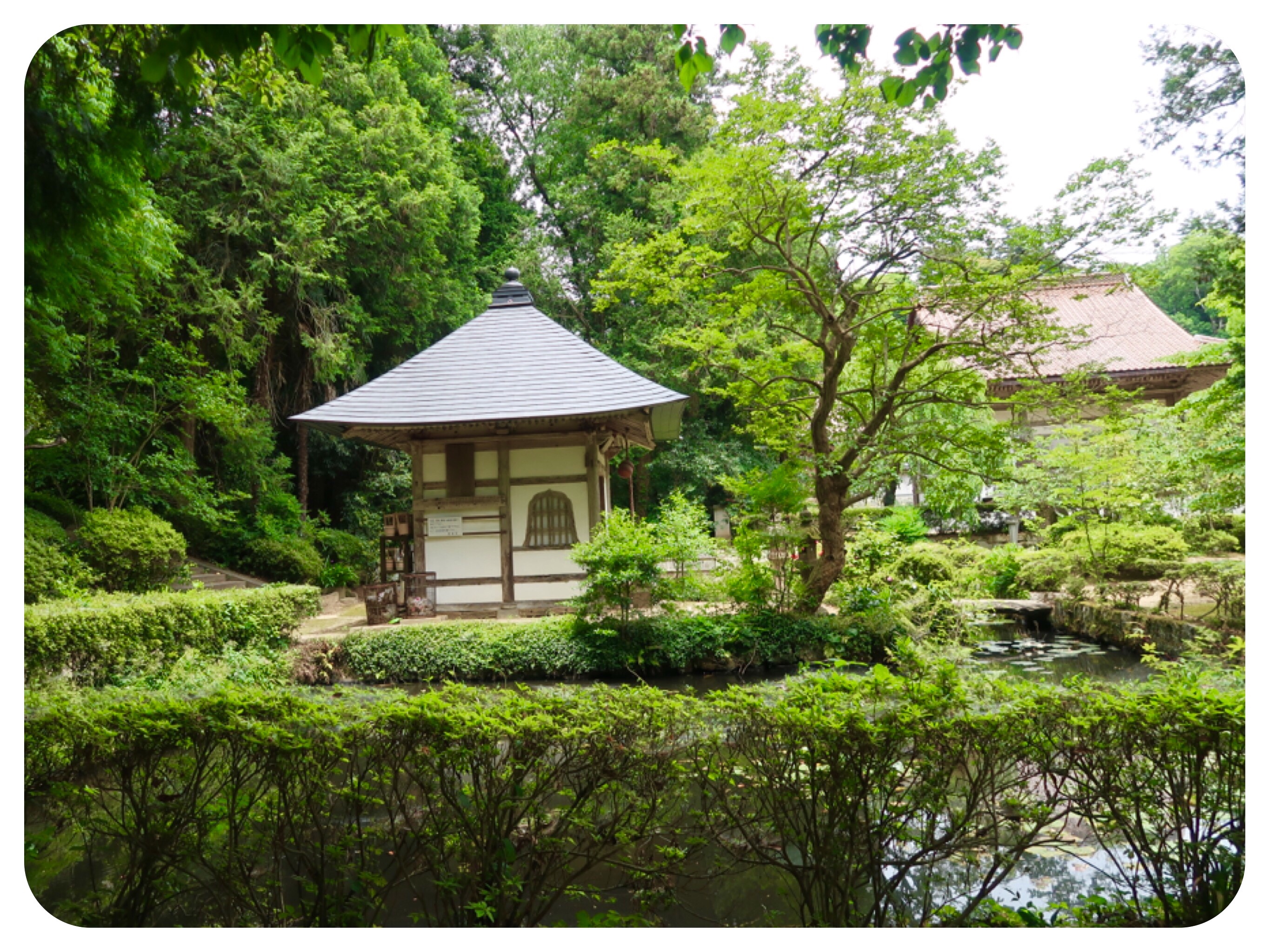
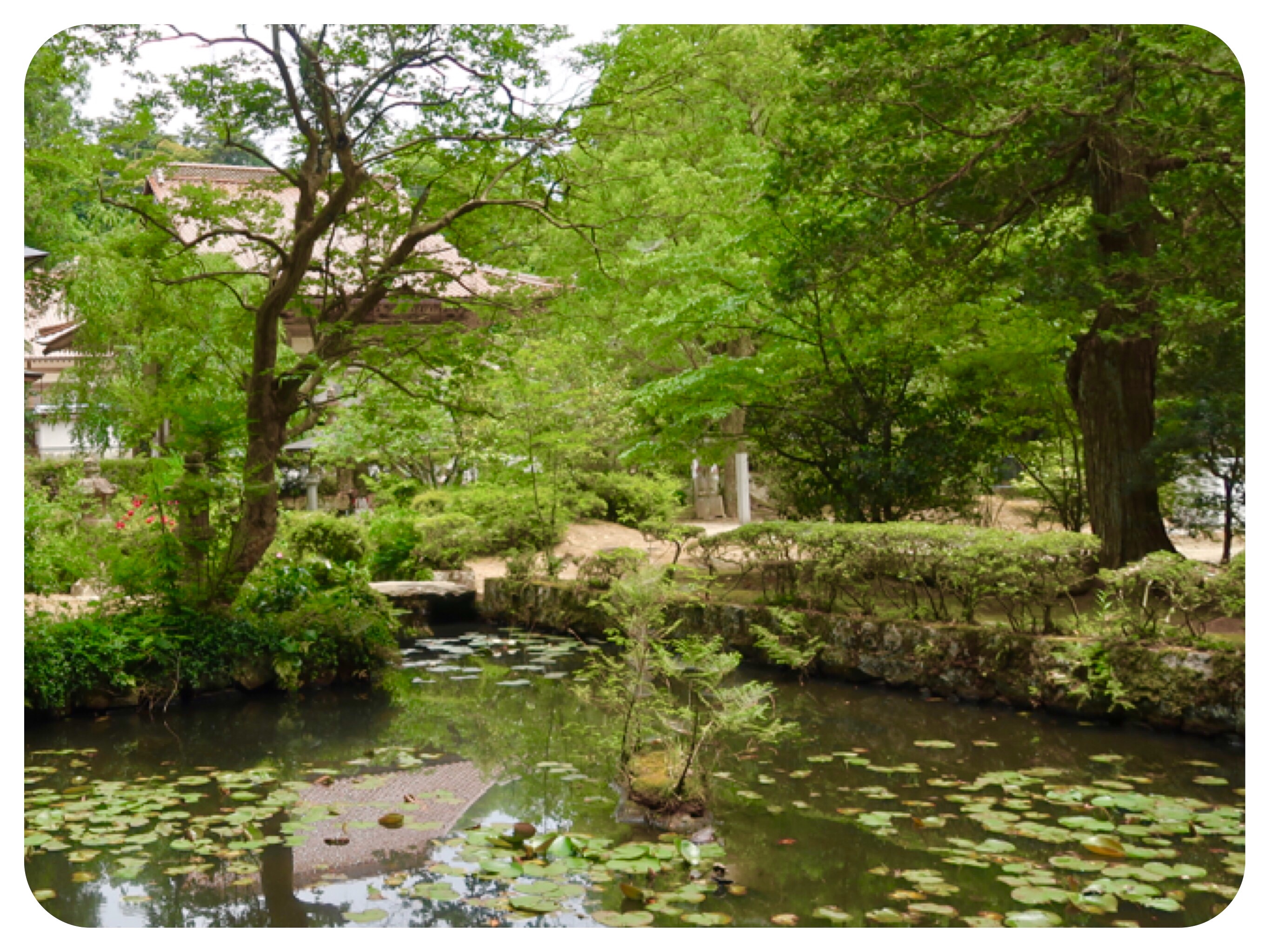
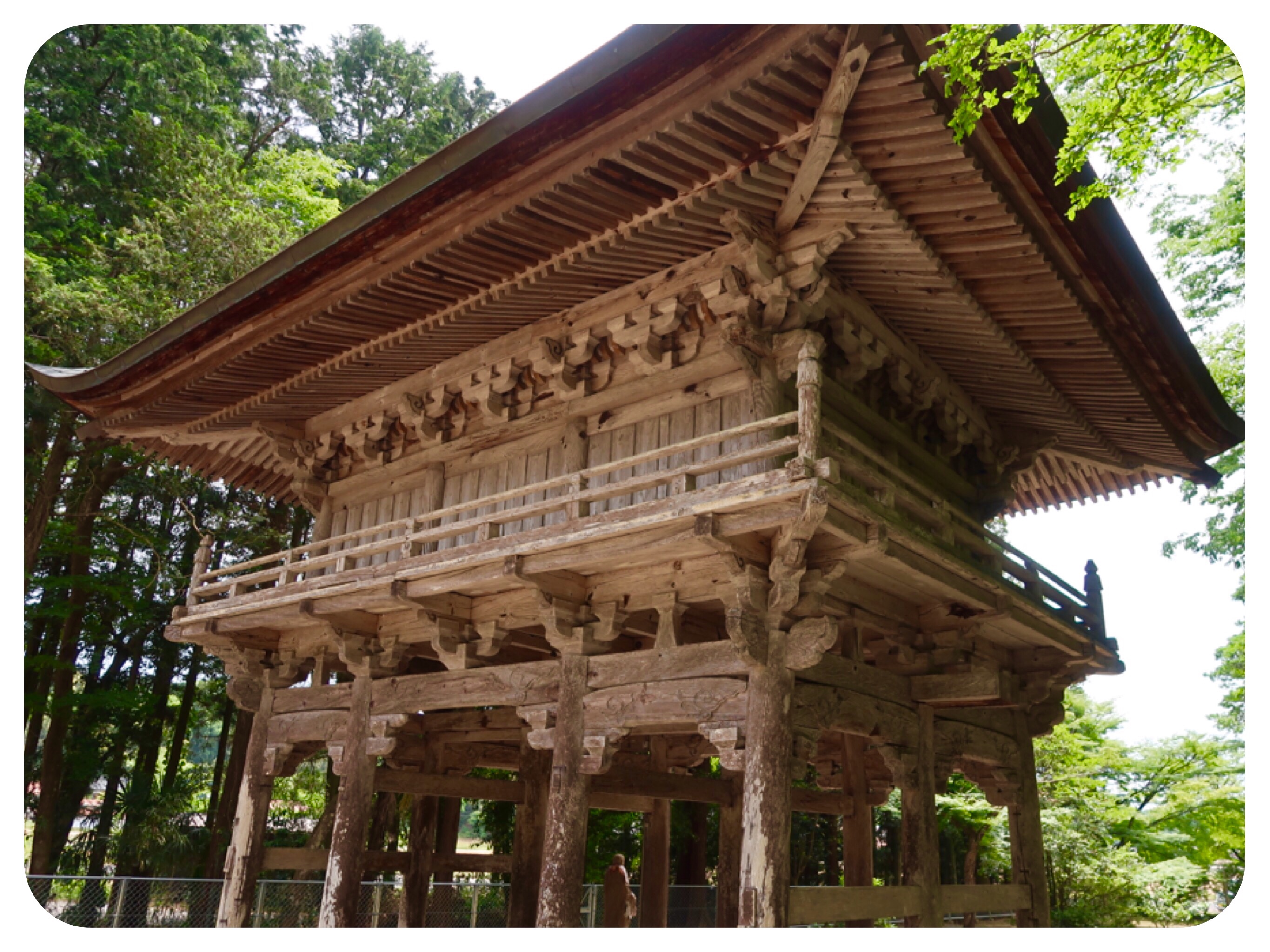



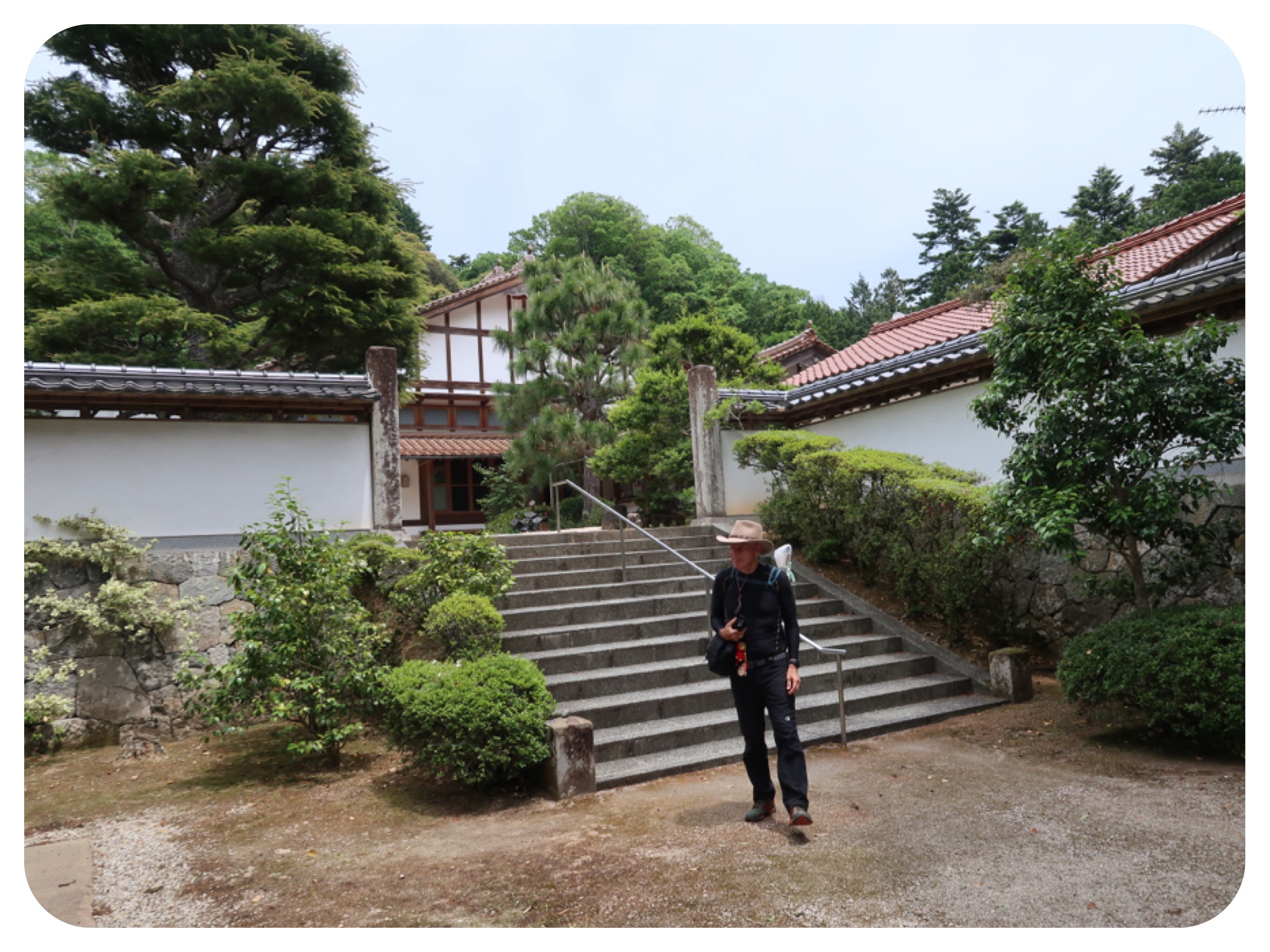

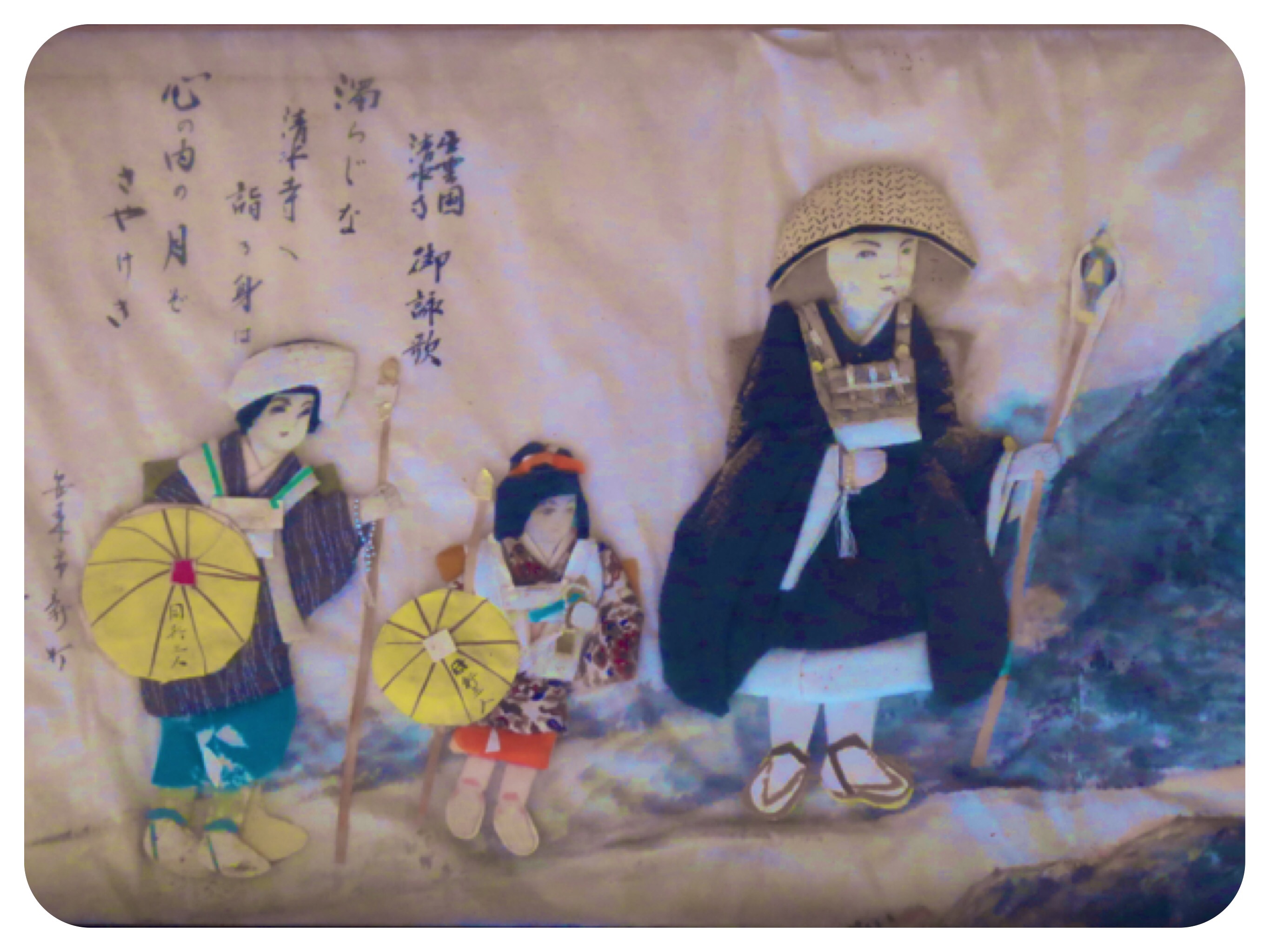

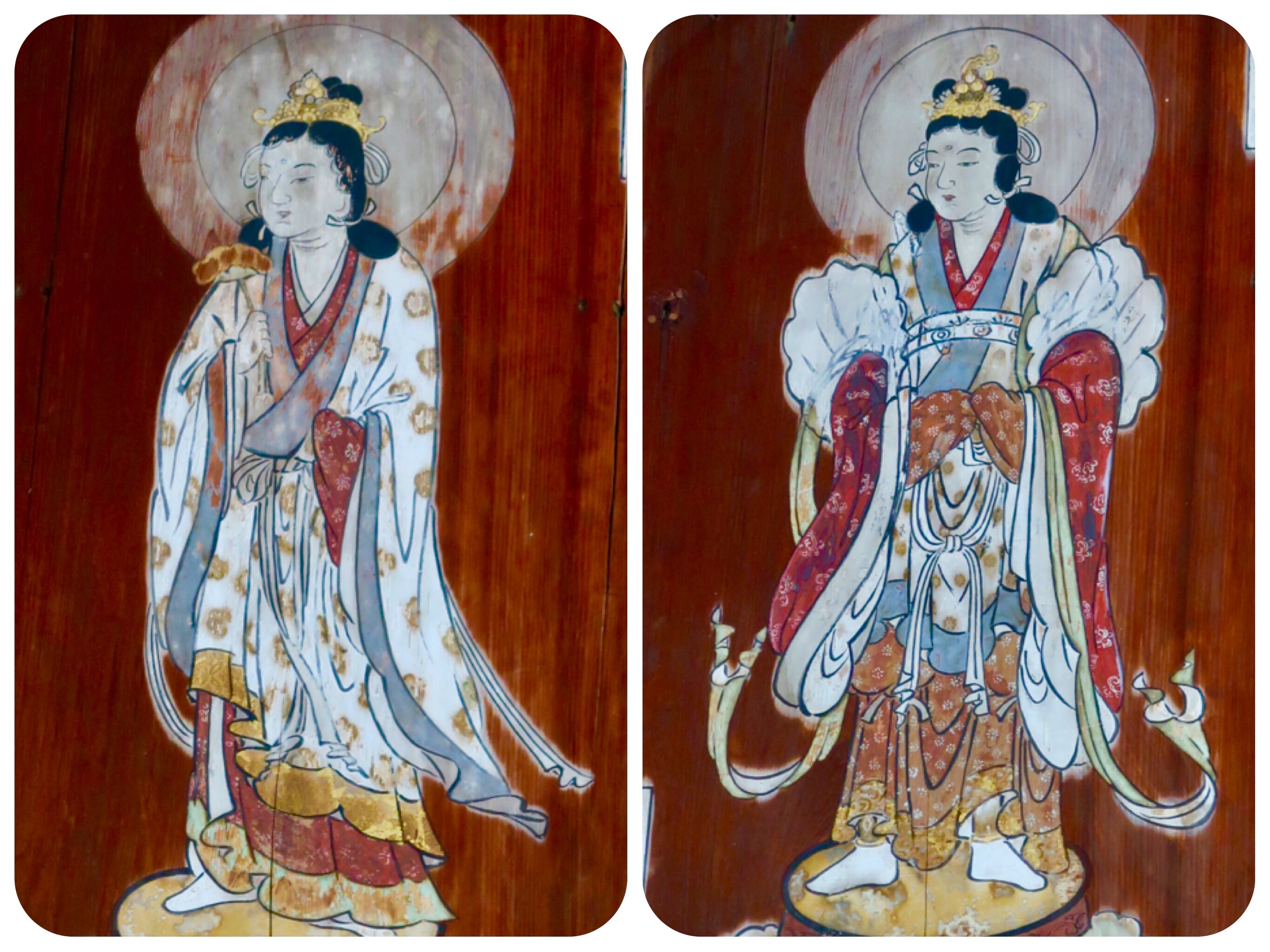






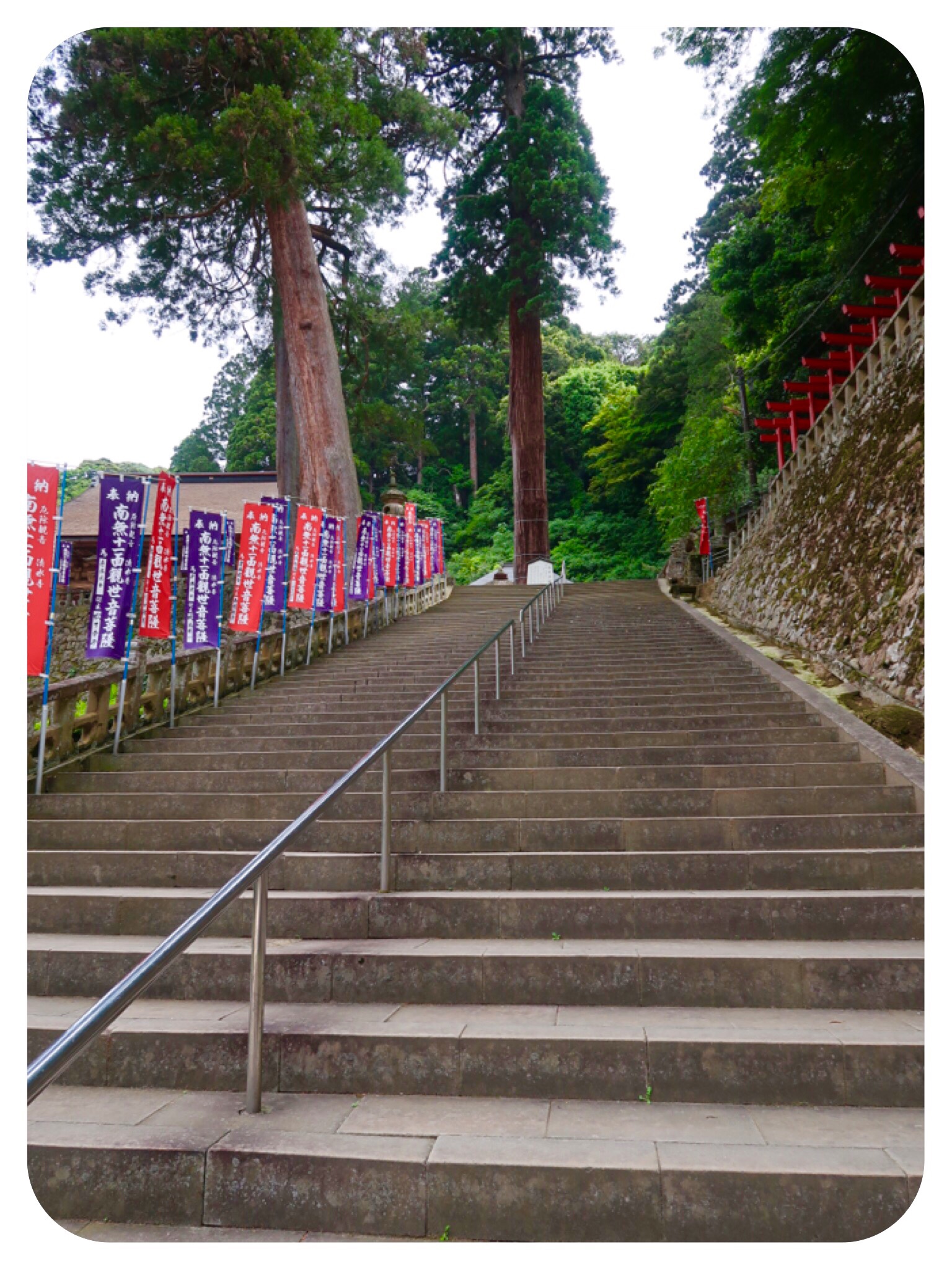


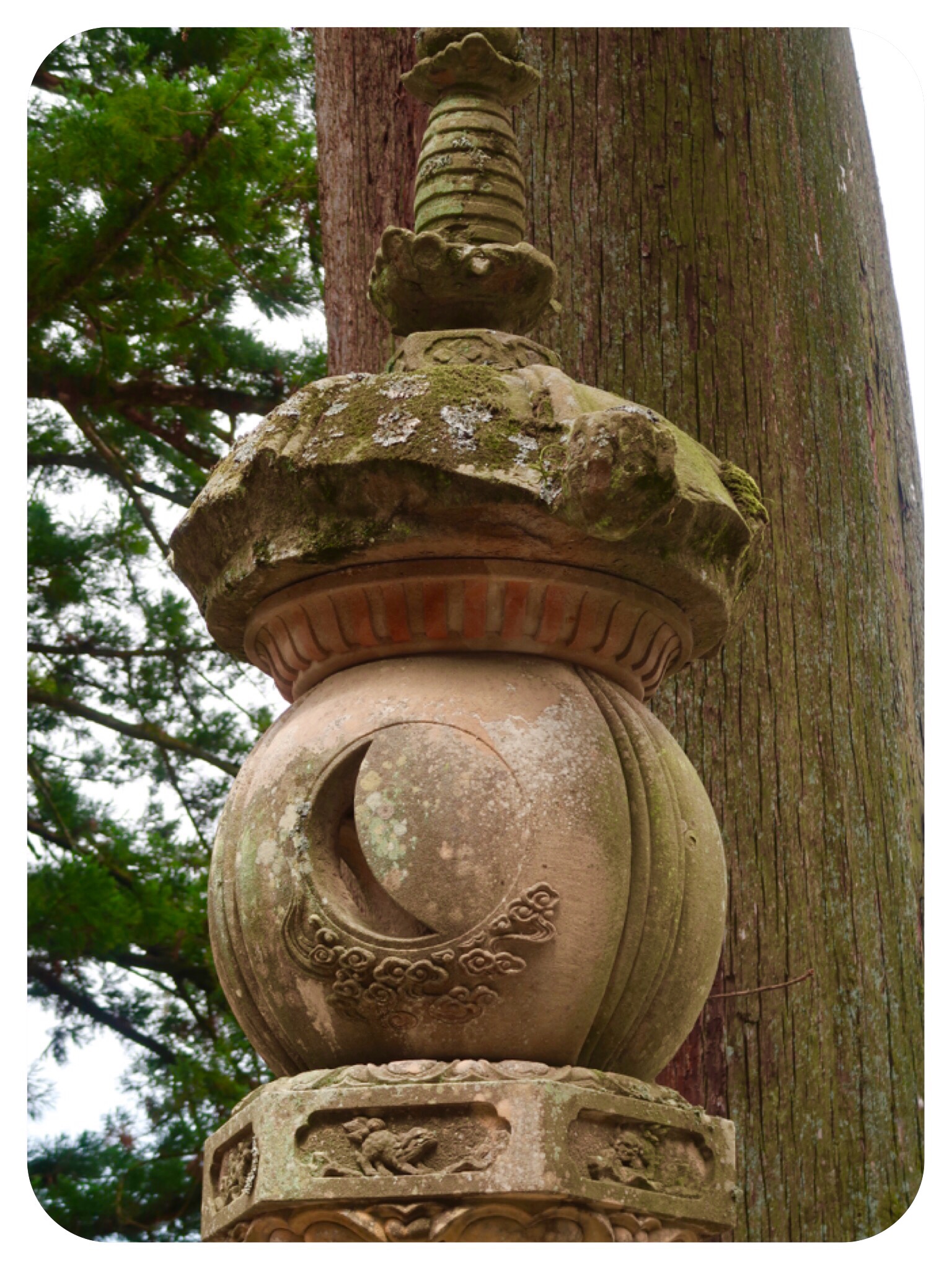













Day 52- The Chūgoku 33 Temple Kannon Pilgrimage, Japan - Unjuji, Temple #27, and Kiyomizu-Dera, Temple #28 in Yasugi
Today is the last day of the heatwave that is passing through this area.
We are staying in the verdant, green mountains of Yasugi, in a temple lodging located inside the grounds of Kiyomizu-Dera temple.
Kiyomizu-Dera temple (Temple #28 of our pilgrimage) was founded in the year 587.
There are huge cedar trees that are over a thousand years old growing in the main courtyard of the temple.
Under these trees it feels as cool as if it were an autumn day.
In fact, the whole day today I did not feel very hot.
Since we are staying in the mountains with no good train or bus service, we planned for an easy day.
In the morning, we walked around the Kiyomizu-Dera Temple grounds.
We visited the three story wooden pagoda, prayed, chanted the Heart Sutra, and got our book and scroll stamped.
It is a very quiet and serene place.
The tall forest surrounding the ancient temple’s buildings feels timeless.
Visitors come to see the temple, to have a vegetarian multi course lunch and to take in the serenity. The wooden pagoda is one of the only ones still in existence that allow visitors inside to climb up its many steps and enjoy the panoramic view from the top.
A large group of visitors climbed up the Temple steps, just as we finished and walked downhill.
From there we walked for about an hour to Unjuji temple, #27 on our pilgrimage.
When we reached the parking lot of the empty temple, we were happy to see that there were two cars parked there.
This means that somebody would probably be here to stamp our book.
The temple looked empty, and a mother and daughter stood by the office, each holding a stamp book in her hands.
They told us that they had rung the bell a few times, but nobody seemed to be around.
We looked around and soon a young priest dressed in blue overalls and sweating from gardening in the severe heat, came by.
He entered the office, apologized for not responding and stamped their books first.
Then he stamped our book and scroll, all the while chatting with us.
He looked over our book and complimented the painting I did on the scroll.
We told him that we are walking the Chūgoku pilgrimage, and he wished us good luck and much strength on the remaining journey.
We told him that today is an easy day, but tomorrow we planned to climb to Daisenji.
He rolled his eyes up and said: “Very tall, very tiring, do your best! Take good care!”
He asked where else we had walked, and told us that once he had walked from Shizuoka to Yasugi.
It took him three months, and he did not stay in any hotel.
He camped the whole way and bathed in the rivers.
We clapped in admiration, and apologized, saying that we stay in hotels every night, preferring onsen hotels and guesthouses.
Before we left he gifted us a box of incense and an image of the Goddess Kannon painted in gold, on dark blue paper.
When he handed us the gift, he said we were the first American people he had met face to face.
Today this temple does not attract many visitors.
In ancient times, the Yasugi Port, which opens to the Nakaumi Inland Sea, was a popular shipping point for local industries.
Because it is located east of the Matsue Pass, security in the area was strict, and a guard station and ticket gate were established by the controlling Mori clan.
Unjuji was established as a Zen Temple of the Rinzai Sect, situated among tall pine trees and surrounded by rice paddies, in order to service the locals in the region.
There are beautiful old stone sculptures of the Goddess Kannon, covered in moss, and many Osamefuda slips left by pilgrims who had passed by here.
A reflecting pond full of lilies and a feeling of quiet serenity add stature to the temple.
We sat on the stones by the trees and drank our water and ate a cookie that we had brought with us.
Although it looked like it would start raining any minute, the predicted rain never did materialize.
We walked back to Kiyomizu-Dera and had a small lunch of buckwheat soba noodles in a small cafe.
We asked the owner if she had a plain toast to eat with our iced coffees, but she did not.
So we ordered one serving of Zalu soba, which is chilled noodles with a dipping sauce.
The dish included three nesting bowls of soba noodles.
We each ate only one bowl.
Then the lady gave us an order of buttered toast, saying it was an off the menu item as a gift to us.
We claimed our backpacks from the Shokinkan guesthouse and walked a bit farther up the stone steps to our next ryokan for the night.
This guesthouse, Koyokan, is a more renovated and popular guesthouse than Shokinkan.
We got two huge rooms, one to use as our bedroom and one as our relaxation room, set with green tea and sweets to welcome us in.
After arranging for our dinner and breakfast meal times, we took a lovely soak in their o’furu bath.
Since tomorrow is the big day of scaling Daisenji, we spent a lot of time today discussing the best way to go and also continued to work on our beach trip to Okinawa, at the end of the pilgrimage.
Dinner was a delicious vegetarian feast.
The son of the couple who owns the guesthouse, prepared and served the dishes.
We asked him if he was the chef, and he said:
“Yes, I am the chef, and I am also the driver, the gardener, the cleaner, the housekeeper and the dishwasher.”
Such a sweet young man.
With love and tenderness,
Tali
Daily Stats:
Steps: 11,550 steps
Distance Walked: 8.5 Kilometers
Active Walking: 2 hours
Total Time: 4.5 hours
Total distance walked on the pilgrimage so far: 1052 Kilometers
Temples Visited: Temple #27 Unjuji Temple 雲樹寺 in Yasugi,
and Temple #28 Kiyomizudera Temple 清水寺 in Yasugi
Accommodation: Ryokan Koyokan at the foot of Kiyomizudera temple in Yasugi.
A beautiful renovated traditional inn offering spacious Japanese style rooms, a great o’furu bath, fast internet and a delicious Shojin Ryori vegetarian Buddhist Cuisine for dinner and breakfast.